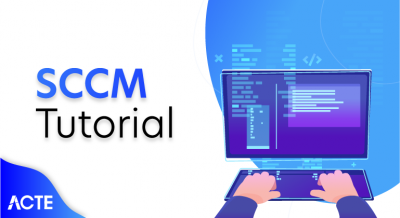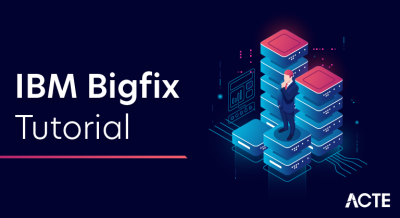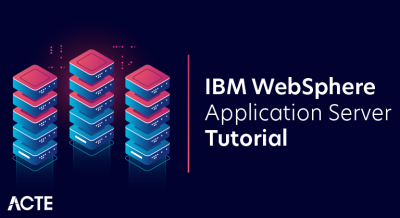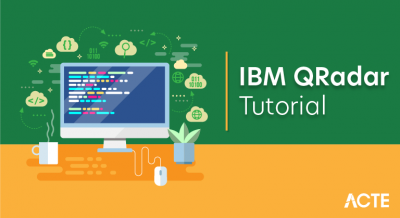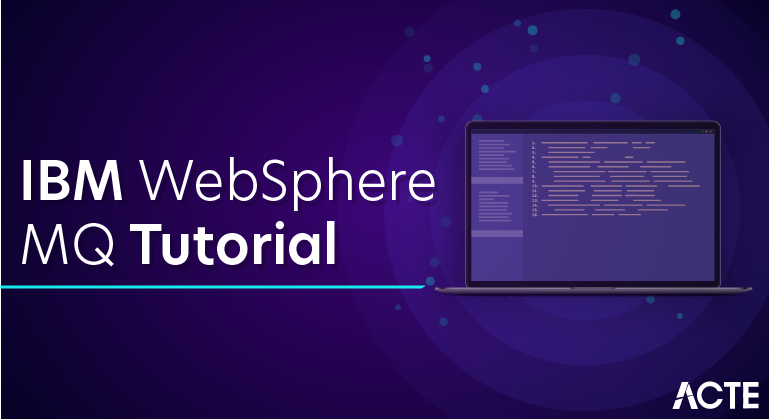
IBM WebSphere MQ is messaging for applications. It sends messages across networks of diverse components. Your application connects to IBM WebSphere MQ to send or receive a message. IBM WebSphere MQ handles the different processors, operating systems, subsystems, and communication protocols it encounters in transferring the message. If a connection or a processor is temporarily unavailable, IBM WebSphere MQ queues the message and forwards it when the connection is back online.
An application has a choice of programming interfaces, and programming languages to connect to IBM WebSphere MQ.
IBM WebSphere MQ is messaging and queuing middleware, with point-to-point, publish/subscribe, and file transfer modes of operation. Applications can publish messages to many subscribers over multicast.
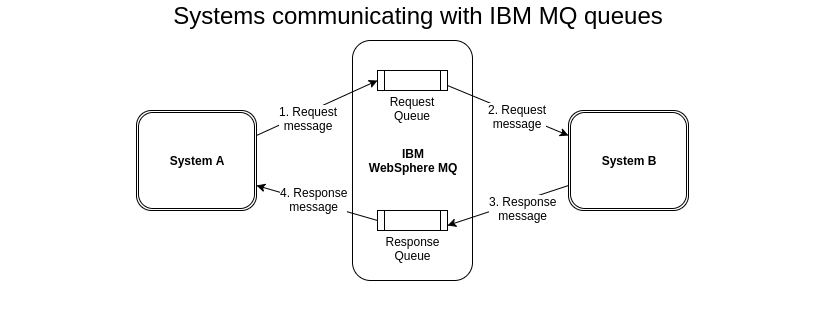
What is the use of WebSphere MQ?
The main use of IBM WebSphere MQ is to send or trade messages. One application puts a message on a line on one PC, and another application gets a similar message from another line on an alternate PC.
IBM WebSphere MQ is informing applications. It sends messages crosswise over systems of assorted parts. Your application interfaces with IBM WebSphere MQ to send or get a message. IBM WebSphere MQ handles the various processors, working frameworks, subsystems, and correspondence conventions it experiences in moving the message. If an association or a processor is incidentally inaccessible, IBM WebSphere MQ lines the message and advances it when the association is back on the web.
An application has a decision of programming interfaces, and programming dialects to associate with IBM WebSphere MQ.
IBM WebSphere MQ is informing and lining middleware, with point-to-point, distribute/buy-in, and document move methods of activity. Applications can distribute messages to numerous endorsers over multicast.
Informing
Projects impart by sending each other information in messages instead of by calling each other straightforwardly.
Lining
Messages are put on lines, so projects can run freely of one another, at various speeds and times, in various areas, and without having an immediate association between them.
Point-to-point
Applications send messages to a line or a rundown of lines. The sender must know the name of the goal, yet not where it is.
Distribute/buy-in
Applications distribute a message on a theme, for example, the consequence of a game played by a group. IBM WebSphere MQ sends duplicates of the message to applications that buy into the outcomes theme. They get the message with the aftereffects of games played by the group. The distributor doesn’t have the foggiest idea about the names of endorsers, or where they are.
Multicast
A multicast is a proficient type of distributing/buy-in informing that scales to numerous supporters. It moves the exertion of sending a duplicate of distribution to every endorser from IBM WebSphere MQ to the system. When away for the distribution is set up between the distributer and endorser, IBM WebSphere MQ isn’t engaged with sending the production.
Document move
Records are moved in messages. IBM WebSphere MQ File Transfer Edition deals with the exchange of records and the organization to set up robotized moves and log the outcomes. You can coordinate the document move with other record move frameworks, with IBM WebSphere MQ informing, and the web.
Telemetry
IBM WebSphere MQ Telemetry is informing for gadgets. IBM WebSphere MQ interfaces gadget and application informing together. It interfaces the web, applications, administrations, and leaders with systems of instrumented gadgets. IBM WebSphere MQ Telemetry has a proficient informing convention that interfaces countless gadgets over a system. The informing convention is distributed with the goal that it tends to be consolidated into gadgets. You can likewise create gadget programs with one of the distributed programming interfaces for the convention.
How would I use it?
Make and oversee IBM WebSphere MQ with the IBM WebSphere MQ Explorer GUI or by running directions from an order window or application.
Program applications to send and get messages by calling one of the programming interfaces. Programming interfaces are accommodated various dialects and incorporate the standard JMS programming interface, and classes for the Windows correspondence establishment.
ADVANTAGES OF IBM-MQ
- A WebSphere MQ client facility is not required on the gateway WebSphere MQ queue manager.
- Each end of the link appears in natural form to the other; WebSphere MQ appears to service integration to be a (foreign) bus, service integration appears to WebSphere MQ to be a (virtual) queue manager.
- Better performance over the link is possible when compared with WebSphere MQ servers or direct connection to WebSphere MQ as an external JMS messaging provider.
- A managed connection from one node to another is created, but not from every application server in the cell.
- You do not have to define individual WebSphere MQ queues to the service integration bus.
- Good security support is provided. For example, you can control which users are allowed to put messages onto queues.
- WebSphere Application Server and WebSphere MQ can exist on separate hosts.
- Interaction between WebSphere Application Server and WebSphere MQ is seamless.
- You can configure a publish/subscribe bridge, through which WebSphere Application Server applications can subscribe to messages published by WebSphere MQ applications, and WebSphere MQ applications can subscribe to messages published by WebSphere Application Server applications.
DISADVANTAGE OF IBM-MQ
- You must configure a service integration bus and messaging engines.
- You cannot connect to queue managers in bindings mode.
- Optimum load balancing is less easy to achieve because messages have to be pushed from either end of the link.
- You cannot use service integration mediations for modifying messages, routing, or logging.
Is IBM MQ free?
IBM MQ Advanced for Developers is available as a free download for development purposes and provides the full set of capability available with IBM MQ Advanced. This is a free download but support may optionally be obtained.
INSTALLATION
Install IBM MQ on Windows
The most effective method to introduce IBM MQ on windows
Stage 1: Ask the framework administrator to make another client and secret phrase for MQ. Include recently made client “XYZ” by right snap-on Users with the secret word “ABC” under Computer Management.
Stage 2: Create another gathering “mum” and include recently made client “XYZ” into the “mum” gathering. enter the article name as “XYZ” and snap-on check names. Snap-on is OK.
Stage 3: Click on the make.
Stage 4: Similarly, include your framework login ID (check head job from client account) on the mm gathering.
Stage 5: Double snap-on setup.exe from establishment way.
Stage 6: Select No in Network Configuration alternative.
Stage 7: Click on “Dispatch IBM Websphere MQ Installer” under the Websphere MQ establishment.
Stage 8: After a couple of moments underneath the arrangement screen will come, select the beneath alternative and snap-on the straightaway.
Stage 9: Select the “Run of the mill” choice and snap-on the straightaway. And afterward, click on introduce. The establishment will take a couple of moments. After establishment click on Finish.
Stage 10: Click on Next and afterward again next.
Stage 11: Give the client name and secret word which is made by the System administrator. Snap-on the straightaway, if you will get any blunder, sort of client name and secret phrase bungle, Click on a drop and pursue ventures from 12 or else pursue stage 15.
Stage 12: Go to Services and discover IBM MQSeries and start administration.
Stage 13: Find IBM WebSphere MQ(Installation X) and go to properties and under Log on choice enter a password(ABC)of the made client. or on the other hand, you can just pick the Local framework account. Start the administration.
Stage 14: Go to All Programs and snap on “Get ready WebSphere MQ wizard” and pursue the past strides from 10 and 11.
Stage 15: Click on finish

